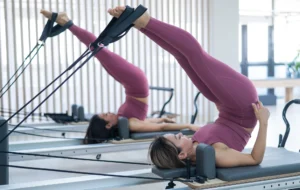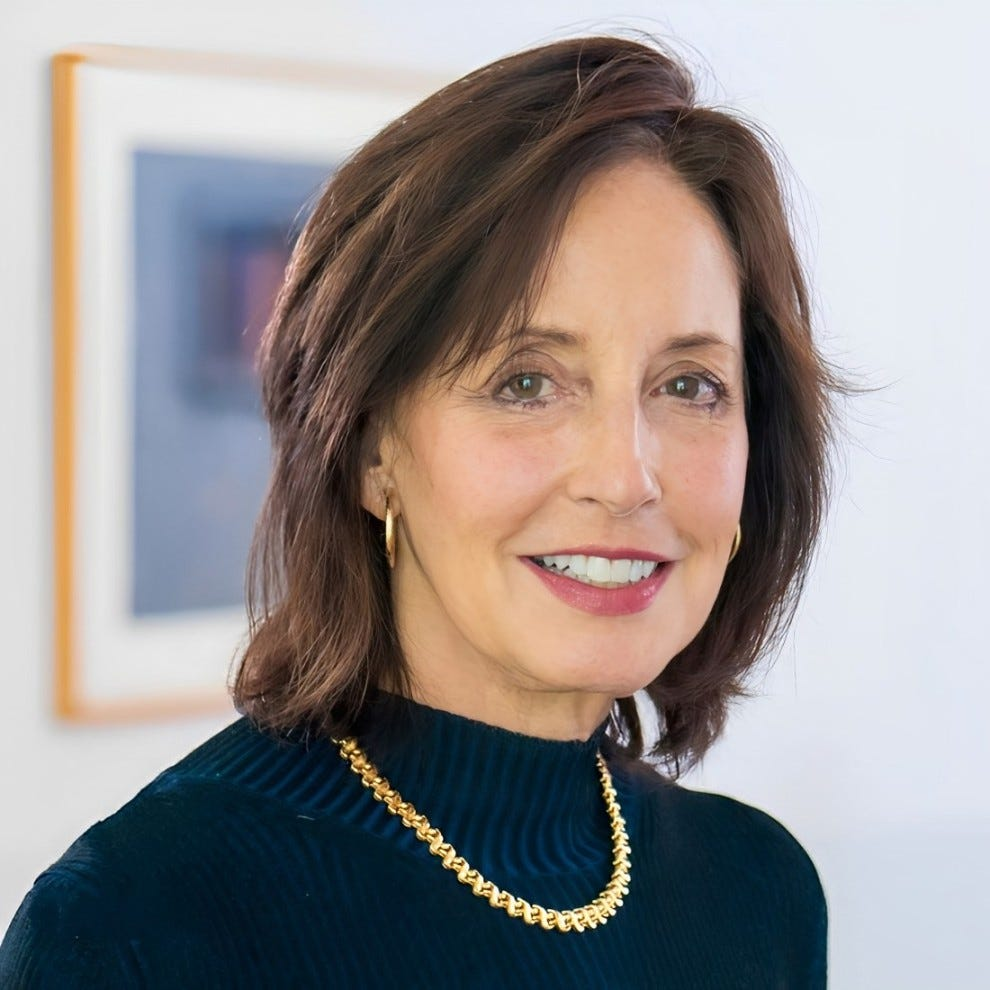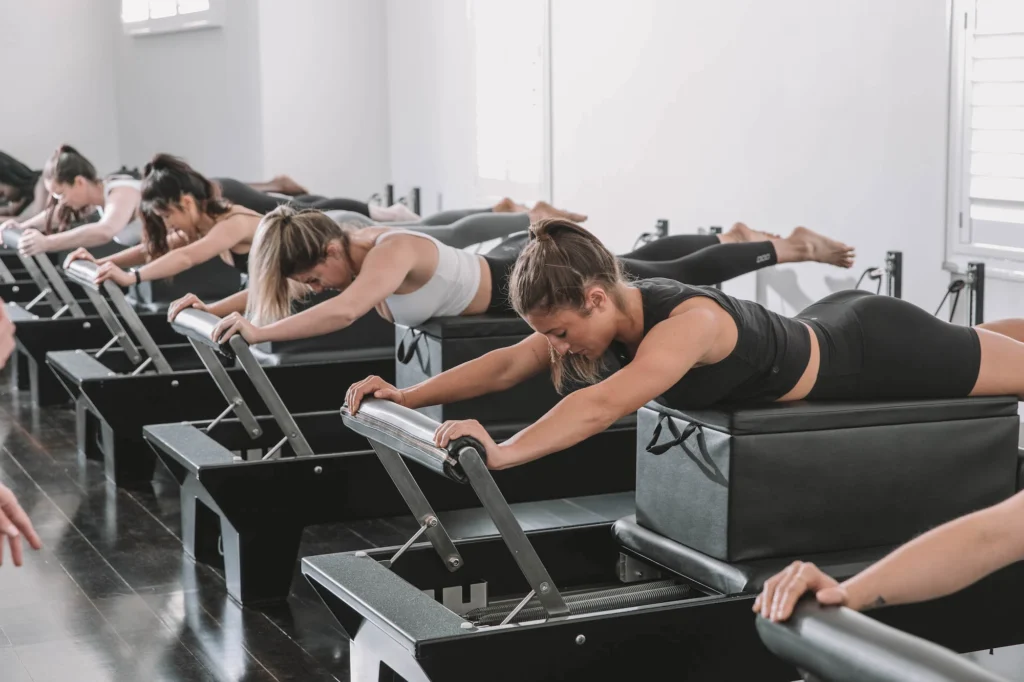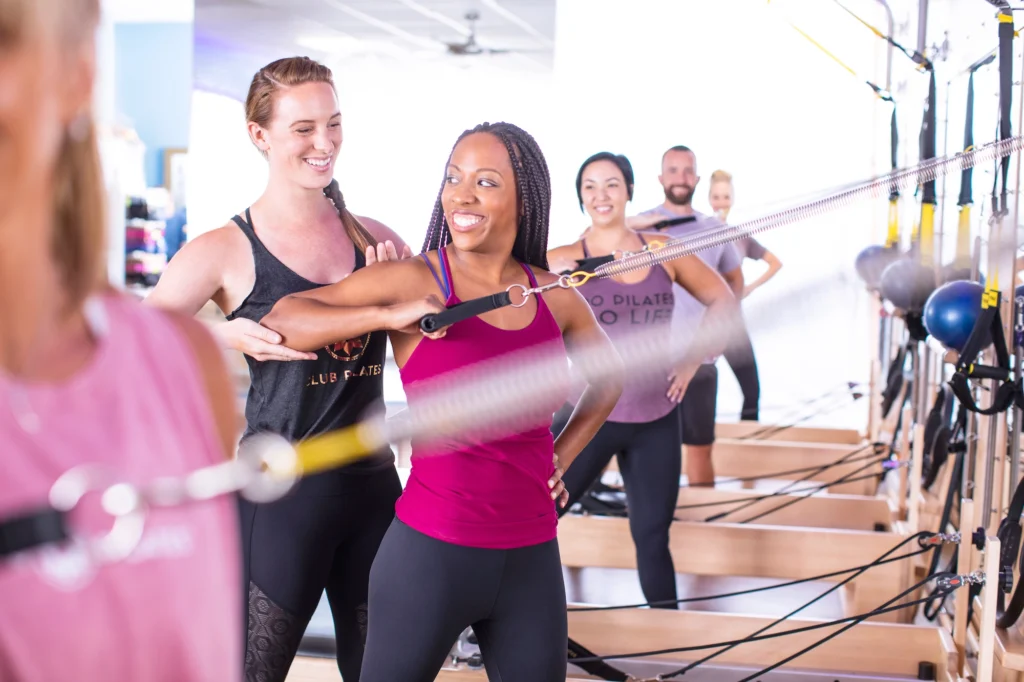
Joan Breibart happened upon the workout modality decades before it became popular, and has helped drive Pilates’ explosive growth over the last few decades
Joan Breibart, founder of the PhysicalMind Institute, is recognized as one of the pioneers of the Pilates movement that took hold in the 1990s. Her journey with the modality began much earlier, in the 1960s.
“I’m 83, and I started doing Pilates in the 60s,” Breibart told Athletech News. “Nobody even knew what Pilates was; they mispronounced it. By accident, I sort of discovered it.”

Before helping to revolutionize the Pilates space, Breibart enjoyed a diverse career spanning publishing and the beauty business. She spent 10 years in publishing and dedicated 20 years to the beauty and hair industry, where she developed a passion for fitness and wellness.
In 1987, the stock market crash led Breibart and her husband to move from New York to Santa Fe for a semi-early retirement. It was here that Breibart’s Pilates journey truly began.
“I met Amy Gentry, who was Joe Pilates’ (widely regarded as the inventor of Pilates) first teacher,” she says. “It was a real fluke how this all happened.”
Inspired by meeting Gentry and a newspaper article about the declining popularity of aerobics, Breibart decided to start The Institute for the Pilates Method (today the PhysicalMind Institute) on her 50th birthday in 1991.
The Institute claims to have introduced the first Pilates certification program, the first Pilates matwork video “Working out the Pilates Way,” and the first Pilates encyclopedia “Reformer Exercises.” Breibart also invented the patented Mini Reformer, a collapsible home-use machine, and other innovations including the MVe Chair.
“At a certain point, I wanted to emulate Joe Pilates, who created many things like the foot corrector,” Breibart says. “He was prolific. An inventor can’t stop inventing. They just have ideas and keep going.”

The Physical & Mental Powers of Pilates
Today, Pilates is one of the most popular workouts in the burgeoning boutique fitness space, alongside yoga and outpacing modalities like Barre and HIIT.
Xponential Fitness’ Club Pilates has led the charge, with over 1,000 open studios across the globe. JetSet Pilates is also expanding rapidly, aiming for 600 studios across the United States. Solidcore, touted as a more intense version of the standard Pilates workout, is projecting 250 open studios by 2028.
Breibart attributes Pilates’ current popularity to its widespread appeal.
“Pilates can be modified to suit different fitness levels and needs,” she says. “It’s a method that focuses on precision, control, and breathing, which makes it accessible to a wide range of people. Pilates is destined to become like WeightWatchers in 2012. It’s becoming the church of exercise.”

Pilates is superior to other exercise modalities in large part due to its mental health benefits, Briebart argues.
“It’s complex movement, which does a lot for your brain,” she says. “What I do in the morning, most people can’t do in a month, and I attribute that to Pilates.”
Breibart also highlighted the importance of complex movement and breathing in Pilates.
“Complex movement does things for the body that you can’t quantify with your Apple Watch,” she says. “It does a lot for your brain. Breathing and everything we teach are based on a certain pattern of inhalation and exhalation. his focus on the mental and physical synergy of Pilates sets it apart from other fitness modalities.”
Thoughts on GLP-1s & Pilates’ Staying Power
Briebart is also focused on how the weight loss space intersects with Pilates. She founded 80Bites, a weight loss program that focuses on reducing food quantity. She also feels strongly that Ozempic and other weight-loss drugs will not bring more consumers to the fitness space, despite some predictions to the contrary.
“It’s just a ridiculous excuse,” she says of claims that some consumers will feel more comfortable in the fitness world after losing weight. “Everything used to be about burning calories, and now it’s changed. You have to learn what’s going on with your own body.”
As Pilates has grown from a little-known practice to one of the world’s most popular workouts, Breibart believes the modality’s evolution underscores an important lesson for the fitness industry.
“People don’t easily adopt new things. It takes time for innovations to be accepted. But once they see the benefits, they realize how valuable these new methods can be,” she says. “Pilates is more than just a workout; it’s a way of moving and living that benefits both the body and the mind. As we continue to innovate and adapt, I believe Pilates will remain a vital and transformative practice for many years to come.”
